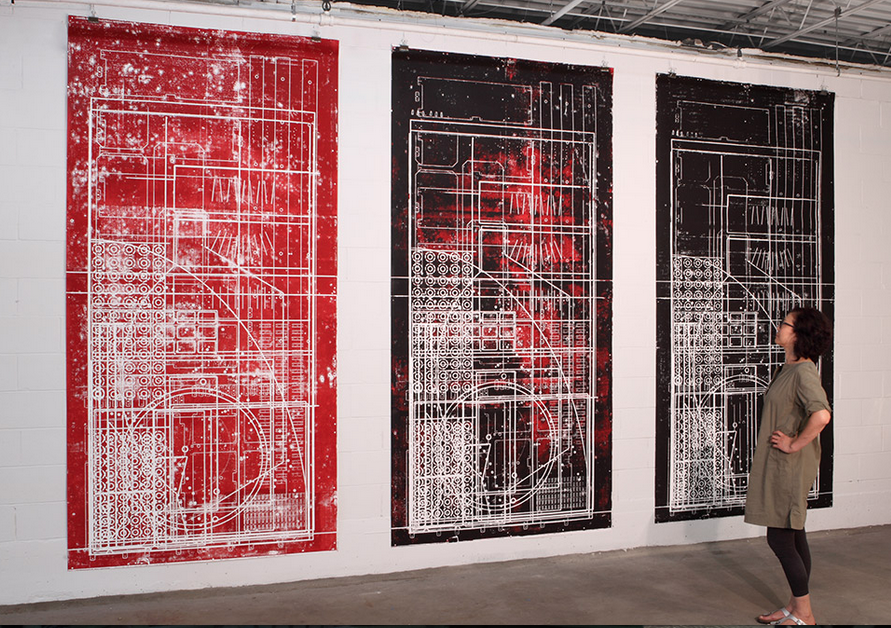
CNC PALIMPSEST PRINTS (August 11, 2014)
3 Monoprints, Hand-burnished on Fabriano Archival Paper with Oil Based Ink
5 x 10 ft, 152 x 305 cm, Artist Studio, Bowling Green, OH ,USA
Quite often, artist Erwin Redl makes use of his ShopBot PRSAlpha 60″ x 120″ CNC tool to cut pieces of material such as plexiglas, soft metals, MDF, and wood, in the process of making his art. And occasionally, the CNC itself becomes part of the art.
Redl’s recent print series, CNC PALIMPSEST PRINTS, is his investigation of the artist’s digital production technology. The printed pieces are created using the recessed marks of the mill bit on the large horizontal bed of his ShopBot CNC tool.
If you’re familiar with a CNC such as the ShopBot, you know that each time that the tool makes a full cut through whatever material is being produced, the milling path of the drill bit results in layers of marks on the machine’s bed (also known as the spoil board). The frequent use of the tool results in layers of marks creating large, abstract patterns.
As Redl described it to me in a recent phone call, “Linear time becomes compressed into a singular two-dimensional image.” As he noted on his website, paramedia.net, this work is “a contemporary palimpsest documenting the digital production process over time.” (The term palimpsest in art refers to the use of previously used artwork to create a new piece of art — erasing the old while also acknowledging it in making of the new.)
After a certain period of time using the CNC tool, the density of the marks on the spoil board creates an uneven surface which makes it impossible to further cut additional pieces precisely. In order to continue producing, the machine bed needs to be resurfaced. “Before resurfacing the bed,” Redl explained, “I take several large-scale prints. I apply layers of ink on the CNC bed, place archival print paper on the wet surface, and burnish the paper.”
After making the prints, the CNC bed is milled flat to continue production. The palimpsest has been erased and another palimpsest cycle begins.
Redl spoke of his inspiration for this artwork: “Well in one way, I just love the pure aesthetics of the patterns. I also wanted to preserve what had gathered over time onto this bed; I like the way that it functions to preserve a period of time in one image.” As to people’s responses to the work, Redl notes they are unsurprisingly varied. “Some people have commented that they first interpret it as some sort of architectural drawing. Others see a kind of representation of electronics.”
Art being in the eye of the beholder (and I suppose because I recognized that the print is “pulled” from a CNC bed) my response was to think it was pretty cool to blend the messiness of colors with the precision of the marks — human meets machine.
What do you think?… Leave comments below….
Other Works by Erwin Redl, Making Use of The ShopBot Tool…
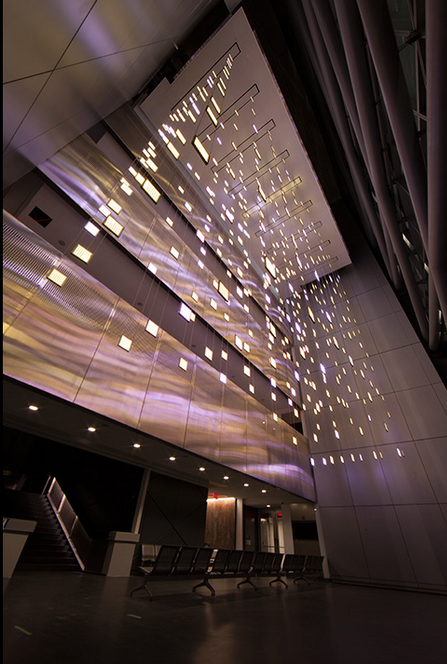
DIAMOND MATRIX, 2014
410 suspended light panels with acrylic and animated RGB-LEDs
50 x 54 x 24 ft ft; 15.2 x 16.5 x 7.3 m
Building architect: Perkins+Will
New York Police Academy, Queens, New York, USA
For this installation at the New York Police Academy, Mr. Redl CNC’d pieces of acrylic that became framed and lit by LEDs. Some other views of this installation, highlighting various color configurations:
A Case of Reverse Engineering? Redl has transformed layers of (human-made) masonite to create woodlike pieces:
Mr. Redl, who purchased the ShopBot tool in 2010, spoke of his experiences with ShopBot. “I like to use the online Forum, because usually if I put up a question, it invariably generates a lot of useful answers in only a couple of minutes. I also enjoyed attending a Camp ShopBot in Detroit, where I had the opportunity to share my experiences using the tool and learn from others who use CNC on a regular basis. It’s wonderful to see what everyone is making.”
See more of Erwin Redl’s work at paramedia.net. You can learn more about ShopBot’s full size tools here.
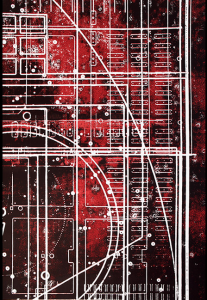
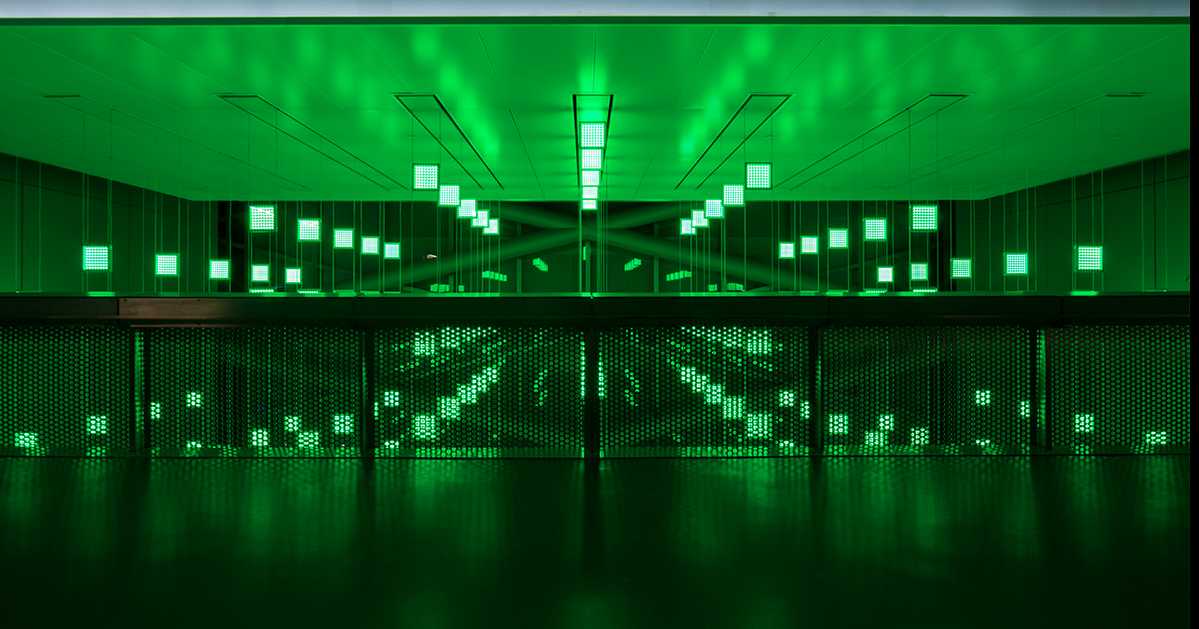
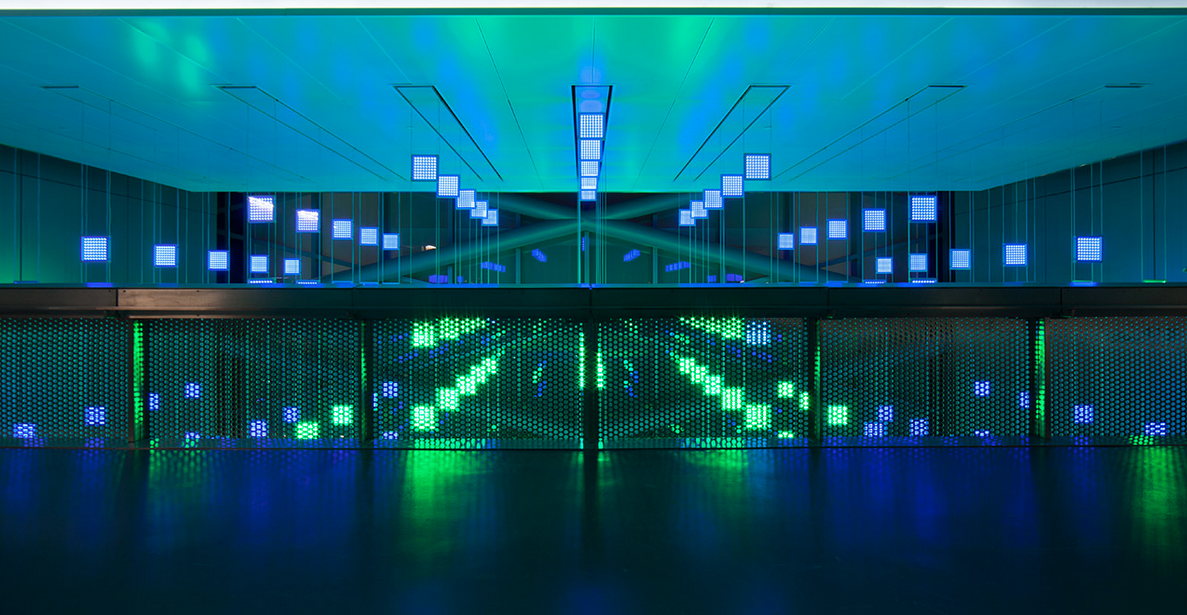
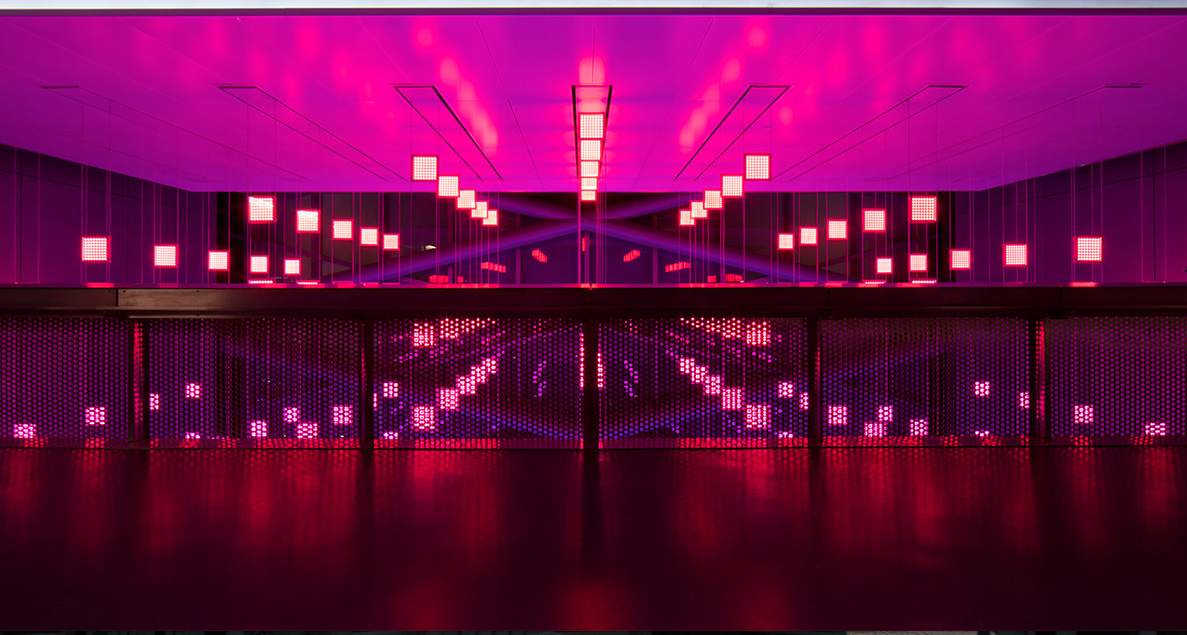
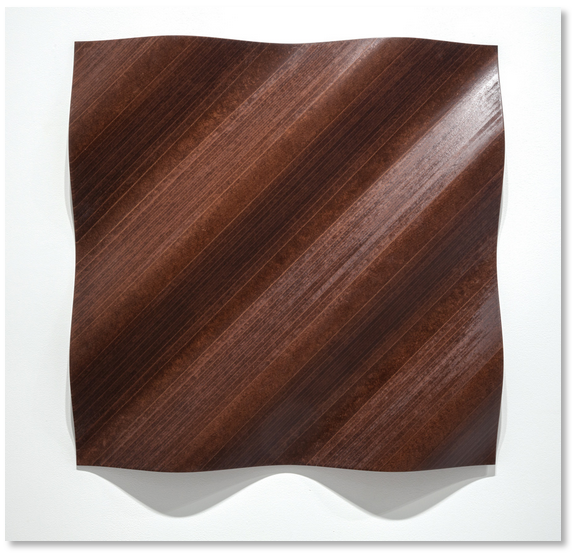
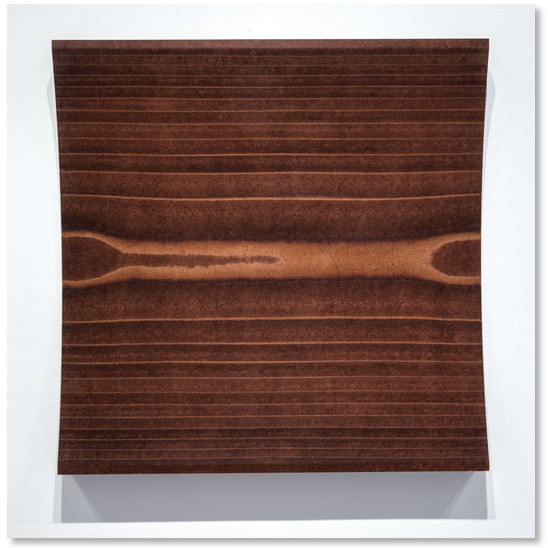

Leave a Reply